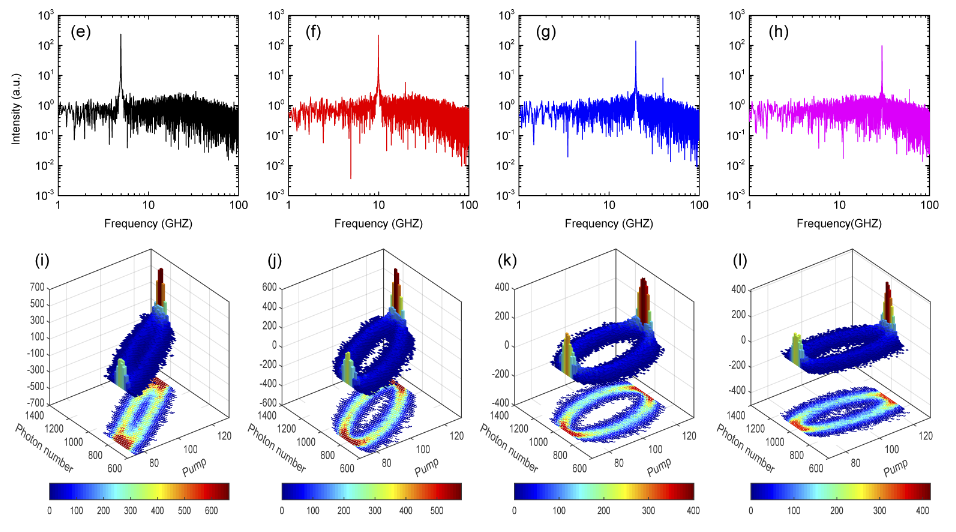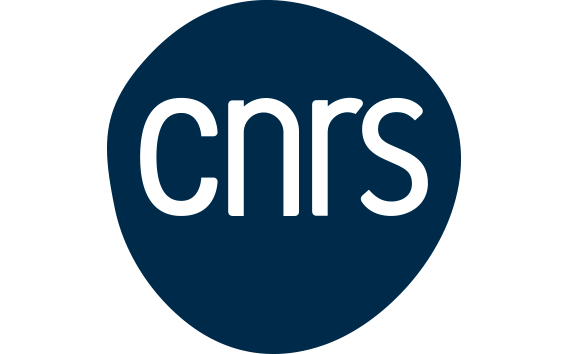Photon counting statistics, one of the pillars of Quantum Optics, has been very successfully applied to the description of the buildup of coherence.
Experimental measurements carried out throughout the 1960's and 1970's have confirmed the validity of the description, which attributes to the threshold crossing a states representing a statistical mixture of spontaneous and stimulated emission. Typically, however, measurements have been conducted on Class A lasers whose dynamics evolves on a 1-D manifold.
Nanolasers (and microlasers), however, belong for the most part to the Class B, whose dynamics develops in a 2-D space. As a consequence, the temporal dynamics of the emission may possess characteristics which render the statistical distribution more complex.
Correlation functions have been used in the past decade to characterize the laser emission of nano- and microlasers. Their usefulness is undisputed in this context, since the very low signal levels, coupled to very fast dynamics, made it impossible to acquire time traces of the laser emission. Statistical measurement were therefore the only ressort.
In spite of serious efforts, no conclusive agreement has been found between predictions of laser coherence coming from standard photon statistics in lasers and experimental observations. Hypotheses have been advanced as to an imperfect degree of coherence typical of nanolasers, but one recent experimental work has shown that the "statistical mixture" picture is incompatible with the observations.
Work is in progress in our group to understand the characteristics of correlations (and coherence buildup) in mesoscale lasers (experiments and numerics) and to extend these results to nanolasers.



